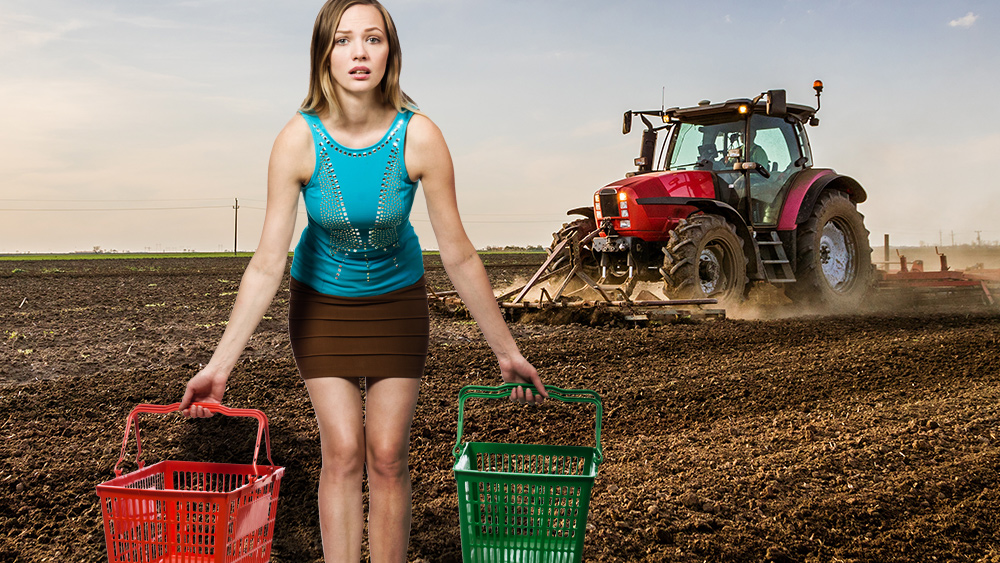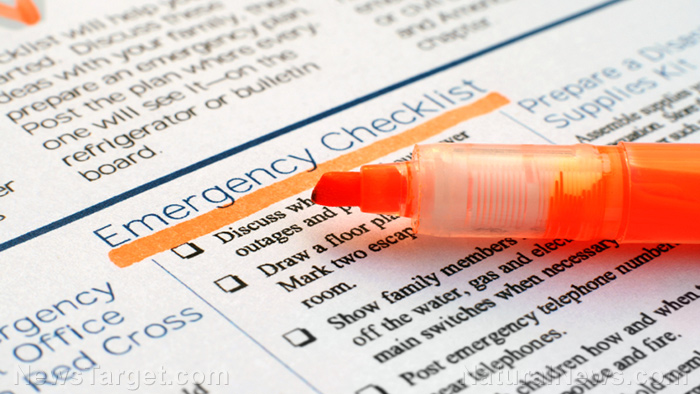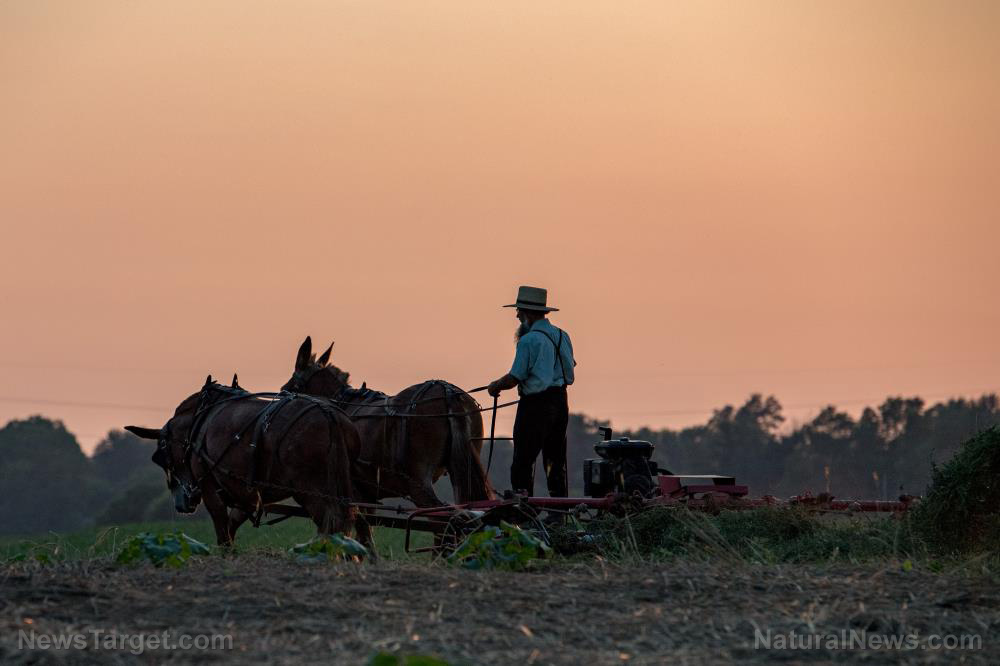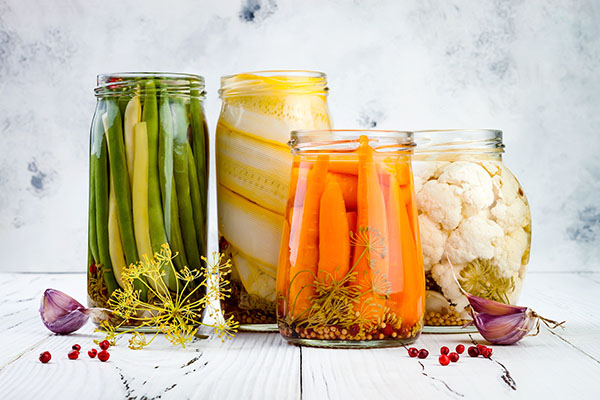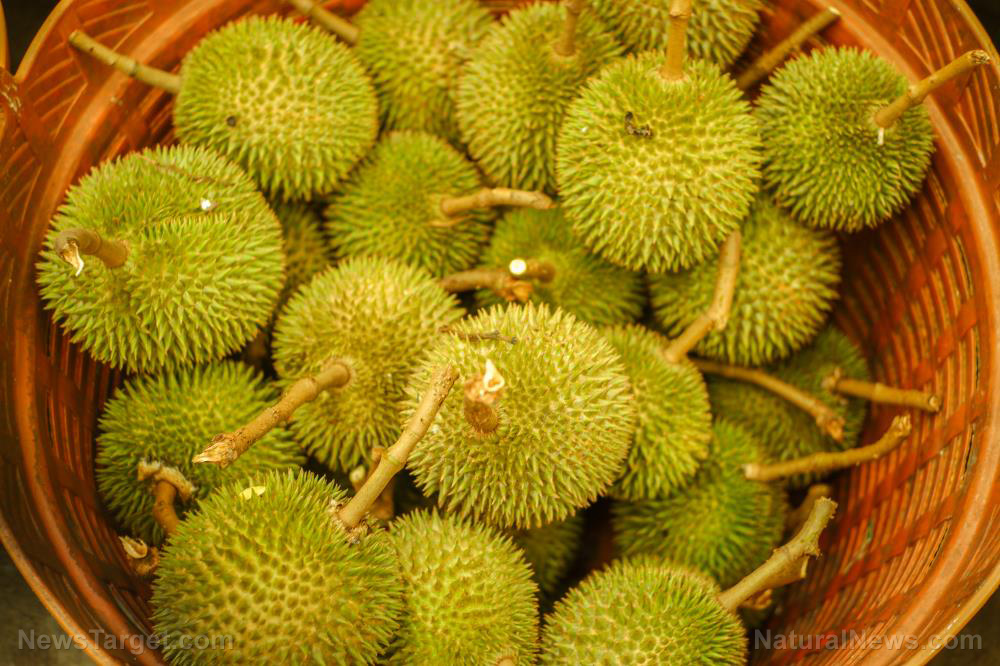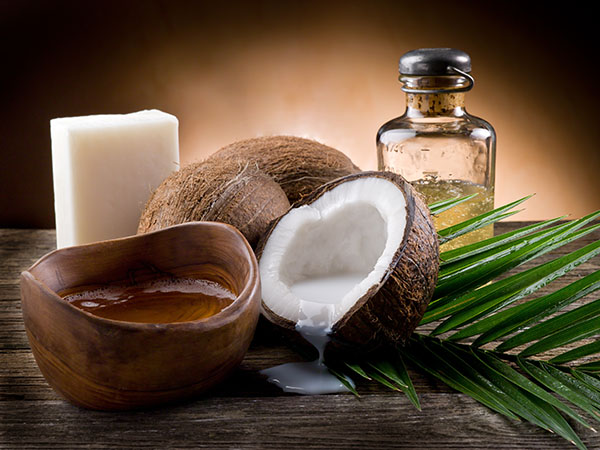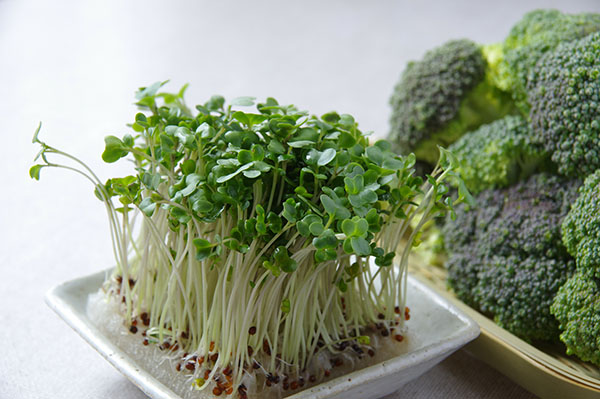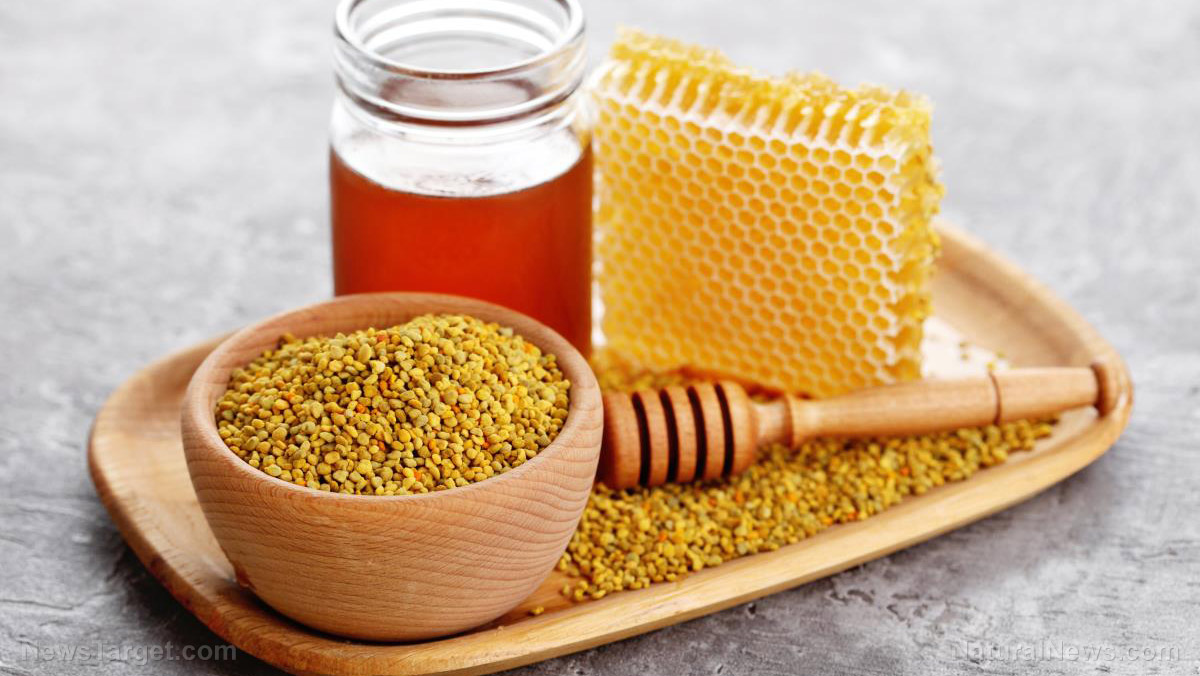Debunking the TOP 5 MYTHS about emergency food storage
08/23/2024 / By HRS Editors

Knowing you have an emergency food stockpile can be reassuring, especially if you are worried about emergency scenarios that may require you to bug in for a long time, such as a long-term power outage.
And if you want to make sure that your preps don’t go to waste, you should also learn about some common myths about emergency food storage. (h/t to GetHibernate.com)
Building an emergency food stockpile can be expensive
High-quality emergency food containers can be expensive, but they are worth investing in if you want your supplies to last longer and be protected from pests and rodents. And if you are worried about breaking your prepping or daily food budget, you can take things slow.
Instead of spending a lot of money by buying canned food in bulk, start by adding two or three extra cans of food when buying groceries. It might not seem like a lot, but each purchase counts.
Keep doing this, and soon you’ll have a week’s worth of supplies.
In time, you will have enough extra food for one month. Keep buying those extra cans and containers of food until you have enough for several months or even years.
You can survive on canned foods alone
While canned foods and freeze-dried meals are often included in prepper food stockpiles, remember that you can’t survive on these items alone.
If you plan on stocking up on Meal, Ready-to-Eat (MREs), keep in mind that they require a large amount of water to prepare, so you will also need to stock up on enough water for cooking and drinking.
Even when SHTF, you need to eat balanced meals to ensure your overall well-being. You can do this by stocking up on a variety of nutritious ingredients such as beans and grains, freeze-dried fruits and vegetables, flours, milk powders, nuts, seeds and condiments so you can prepare delicious and nutritious meals even after a disaster. (Related: Prepping 101: 4 Essential tips for new preppers.)
Your job is done once you have a couple of years’ worth of food in your stockpile
While it can be reassuring to have a couple of months or years’ worth of food, your preparations don’t end there.
It’s important to rotate or use some items in your supply before they expire so none of your hard work goes to waste. To keep things organized, make sure you keep an inventory and do regular checks.
Use the first in, first out (FIFO) method and do a regular inventory check every six months to check which items you need more of.
Water does not expire
It’s not true that water doesn’t expire, especially stored water.
When stocking up on supplies, check your water storage and rotate it every six months to ensure that chemical leaching hasn’t occurred. Doing this can also help prevent bacteria and other pathogens from contaminating your emergency water supply.
If you store water in large barrels, replace it every six months. The water doesn’t have to go to waste since you can still use it to water your garden.
All locations are ideal for food storage
It’s true that not all preppers have the luxury of ample storage space. However, it’s not advisable to keep food stored in random places in your home.
Even if you live in an apartment, it’s better to store your food supply in rooms or areas that are cool, dry and dark.
Where to get lab-verified food supplies for your stockpile
The Health Ranger Store is committed to helping you prepare for any emergency and setting up your survival stockpile.
That’s why we’re proud to introduce lab-verified products such as the Ranger Bucket Set, Clean Chlorella 200mg Tablets and Organic Goji Berries.
Try Ranger Bucket Set – Organic Emergency Storable Food Supply if you are looking for emergency storable food that is free from pesticides, GMOs, MSG, heavy metals and heavily processed ingredients.
The Ranger Bucket Organic Emergency Storable Food Supply is the world’s first emergency food supply that’s certified organic and laboratory-verified. All the food items in our buckets are organic, non-GMO, laboratory-tested for heavy metals and completely free of chemical ingredients such as MSG or preservatives.
All these products can be stored for up to 10 to 15 years, depending on storage conditions. Bucket A26, with a minimum of 278 servings per pail, contains foods such as Organic Long Grain Brown Rice, Organic Red Lentils and Organic Black Beans.
Bucket B19, with a minimum of 258 servings per pail, contains foods such as Himalayan Salt, Organic White Quinoa and Organic Yellow Popcorn.
Derived from ultra-clean Chlorella vulgaris grown indoors under tightly controlled conditions, our Health Ranger Select Clean Chlorella™ Tablets provide a well-balanced ratio of highly bioavailable vitamins, minerals and antioxidants. Our Clean Chlorella™ is a “thin cell wall” chlorella with high digestibility, which is amazing in terms of optimal nutrient preservation.
Our Health Ranger Select Clean Chlorella™ Tablets undergo extensive lab testing for glyphosate, heavy metals and microbiology to ensure that you get one of the cleanest commercially available chlorella products on the market. They are also vegan, non-GMO and non-China.
Lastly, we also offer Organic Goji Berries.
The Health Ranger Store wants you to experience the incredible health-supporting properties of one of the world’s most nutritious superfoods. That’s why we’re bringing you an ultra-clean new lot of Health Ranger Select Organic Goji Berries.
Carefully grown and harvested by trusted suppliers in the pristine regions of the Tibetan plateau, our ultra-clean goji berries undergo a natural drying process to preserve their original taste and nutrient content. This means that they contain no preservatives or artificial flavoring and are just as nutritious as fresh organic goji berries.
Health Ranger Select Organic Goji Berries contain no gluten or GMOs and are extensively lab-tested for glyphosate, heavy metals and microbiology. Our premium goji berries are also vegan, non-irradiated and certified organic.
Visit FoodSupply.news for more tips on how to start your emergency food stockpile. You can also check out Health Ranger Store and Brighteon Store for more clean food supplies for your prepping needs.
Click on this link to learn how to make White Cheddar Popcorn.
Watch the video below to learn how to make delicious goji berry jam.
This video is from the Health Ranger Store channel on Brighteon.com.
More related stories:
Survival essentials: Best budget-friendly foods for prepping.
Smart prepper tips: Stock up wisely for any situation.
Prepping tips: Stockpiling non-perishable foods and water.
Essential skills for urban prepping: How to prepare for emergencies in a city environment.
Sources include:
Submit a correction >>
Tagged Under:
clean water, emergency food, emergency preparedness, emergency stockpile, food freedom, Food storage, food supply, homesteading, how-to, off grid, preparedness, prepper, prepper pantry, prepping, prepping stockpile, prepping supplies, SHTF, survival, survival stockpile, survival supplies, tips, water supply
This article may contain statements that reflect the opinion of the author
RECENT NEWS & ARTICLES
COPYRIGHT © 2017 ORGANICS NEWS


